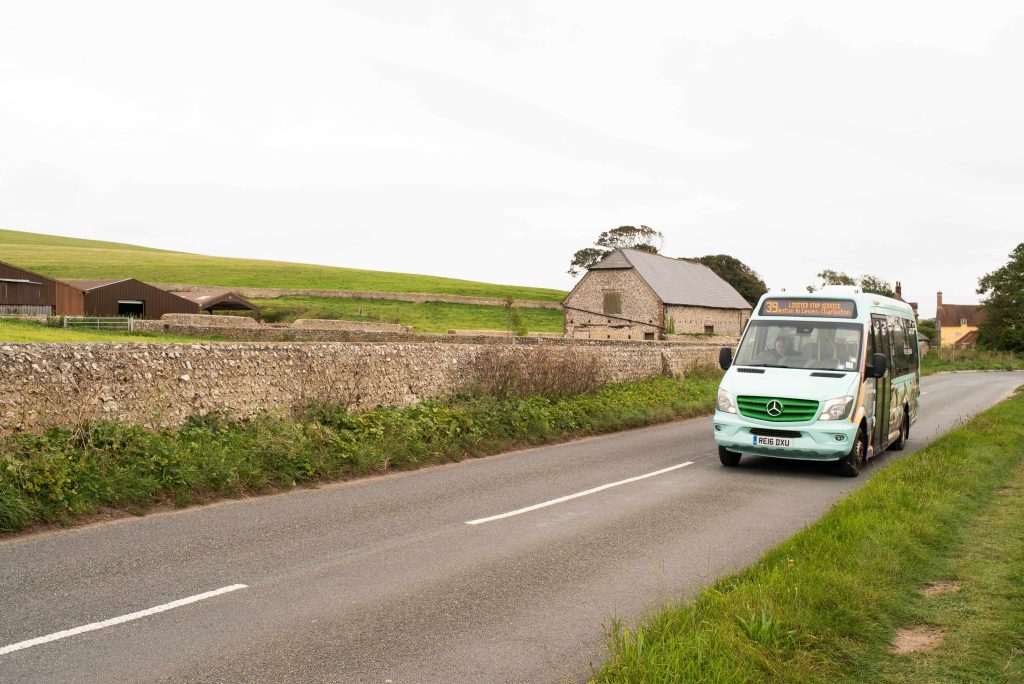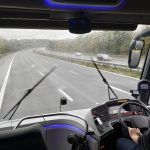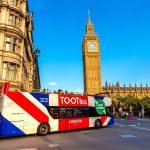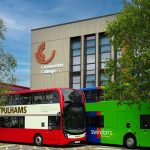routeone examines earnest efforts and inconsistencies in backing being given by authorities to bus services that operate within the UK’s national parks
Last month, the Dales and Bowland Community Interest Company (D&BCIC) highlighted its desire to see more support from the Yorkshire Dales National Park Authority for bus services into the park [routeone/ Bus Services/October]. The Park Authority responded that public transport was outside its area of responsibility. Challenging this view, D&BCIC Director Paul Chattwood noted that, in some areas, national park authorities do support bus services.
Such inconsistencies in support and funding can make it a challenge for both park authority supported services and volunteer led initiatives. Gareth Ludkin, Policy and Projects Officer at charity the Campaign for National Parks, says every national park has its own unique set of challenges that require “place-based solutions”. There have been good examples of co-operation. Eryri National Park and the Snowdon Partnership has worked to challenge congestion, while the Lake District is served by a “vibrant” bus service backed by the Lake District National Park Authority. Meanwhile, DalesBus, the Little White Bus, MoorsBus and Cuckmere Community Bus are all examples of community bus services set up to replace subsidised ones at a significant cost reduction thanks to their reliance on volunteerism.
“Such initiatives rely on significant input from the local community for both their setting up and running,” Gareth adds. “But mechanisms need to be put in place to make this as easy as possible to ensure that motivated individuals are not deterred from coming forward.”
Long-term financial support
In some areas, financial support has been forthcoming. The South Downs National Park Authority (SDNPA) says it has always supported sustainable modes of travel. The motive is obvious: Encouraging users towards shared and active travel relieves pressure on busy “honeypot” sites, and reduces stress for visitors who otherwise would be looking for parking spaces.
Positive results came from that action. For a number of years SDNPA contributed financially to the Breeze Up to the Downs partnership, supporting buses from Brighton and Hove to the South Downs. Those services eventually became commercially viable.
Alongside its partners, the park authority has supported other bus-related initiatives. They include a hop-on hop-off minibus that links the art gallery Towner Eastbourne, Charleston, Seven Sisters County Park and an arts venue in Lewes; the ‘South Downs Rambler’ bus that covers key attractions in the summer holidays; a makeover of three bus shelters near Haslemere; and the regeneration of bus stops with attractive timber shelters through the West Sussex Volunteers Scheme.
It promotes this work and sustainable modes of travel through social media channels, websites and a newsletter.
Jeff Travis, Media and Public Relations Officer at SDNPA, says that the Authority’s Partnership Management Plan (which outlines the National Park’s strategy and goals) has highlighted sustainable transport as a priority amid wider sustainability goals. That might be pressing – despite initiatives and marketing, a 2021 survey showed that bus use in one day had fallen by half from the previous year, with the pandemic cited as the primary cause.
Not helping is the impact of cuts in the budgets of local transport authorities and reductions in rural bus services over the past five years. “This is having an impact on young people’s ability to access education and employment, and is increasing isolation among elderly or disabled rural residents without access to a car,” SDNPA says.
Where it can look for solutions, SDNPA is doing so. Its Management Plan warns of a lack of confidence in the ‘final mile’, where visitors reach their final destination after arriving by more sustainable modes. That is being tackled through a variety of projects – including the development of travel hubs at ‘gateway stations’, digital mapping, on-ground signposting and what SDNPA calls “more joined up ticketing services”.
But, nationally, it takes the view that “trends in transport suggest mobility services will look very different in the future” – suggesting that a continuing decline in scheduled routes will see the rise of more app-based, on demand sharing services.
“Without strong advocacy it is unlikely that rural areas will become early adopters of these new technologies,” SDNPA adds. “But partners in the South Downs are very keen to find new ways of keeping rural communities connected and would therefore welcome innovative pilot projects within this period of the Plan.”
eff seems positive for the future. “We’ll continue to work with partners to encourage sustainable travel and develop further those opportunities that help connect people with the National Park.
“Climate action, having a National Park for all and nature recovery are the three big priorities of the South Downs National Park. Encouraging sustainable modes of travel and making sure that the National Park is accessible for everyone will continue to be key focuses moving forward. We recently launched our Take Action for Nature and Climate pledge and it includes a pledge for people to try more car-free days when visiting the National Park.”
 Encouraging feedback
Encouraging feedback
Just on the other side of Southampton, things look slightly different. The New Forest National Park Authority (NFNPA) has its own Partnership Plan that sets out its aims to promote sustainable travel to and within the national park. While it is active on supporting the expansion and marketing of bus services in the park, financial support comes from government and local authority initiatives, rather than from the Park Authority itself.
According to the business plan, success will be measured by developing and promoting a local discount scheme, increasing the use of bicycles on board buses, and an increased percentage of users who would “recommend to family and friends”. Concerns highlighted include what is “some of the highest car ownership in the country”, a limited range of transport options, lack of connectivity, and an ageing population.
Work already underway to promote bus use includes consideration of sustainable travel on NFNPA’s walking app – where many walks are designed to start from bus stops – and a dedicated social media account which promotes and shares information on how to travel to and explore the national park by bus and active travel. It has also had a long-term partnership with Go South Coast, dating back to the inception of the national park in 2005, through the Forest Bus, Forest Bus Baby, Beach Bus and New Forest Tour. NFNPA also recently produced a survey titled Enjoy the New Forest, which has gathered information from hundreds of participants to enable monitoring of public transport use.
“We have had encouraging customer feedback and many return customers,” says Aynsley Clinton, NFNPA’s Sustainable Visitor Experience Officer. “And there has been positive partnership work during the Local Sustainable Transport Fund for the Beach Bus, Forest Bus and Forest Bus Baby. We also expanded the New Forest Tour from one route to three routes and grew patronage levels even during and after the pandemic.
“We hope to continue to deliver and promote existing and any emerging bus services, both service and commercial, as per the New Forest Tour. Everyone is always keen for more buses, but investment is required, and NFNPA is unfortunately unable to help in this regard.”
Earnest efforts?
Responsibility for public transport and the subsidies on routes within the Cairngorms National Park in Scotland remains with the local authorities of Aberdeenshire, Highland, Perth and Kinross, Moray and Angus, rather than being a national park authority function. However, that does not mean that the Cairngorms National Park Authority (CNPA) is not active in trying to steer more sustainable travel in the region – and it has promised investment where it can.
With the exception of intercity bus and rail services between Perth and Inverness (that also serve the west side of the National Park) all other routes are subject to a public subsidy. Complementing those subsidised services are a small number of community transport operations run by volunteers that provide transportation to medical appointments for locals.
Dispersed population and low usage levels do not allow any viable commercial services, according to Head of Visitor Services at CNPA Colin Simpson.
“From a Park Authority perspective, we have outlined a number of ambitions as to how climate change can be tackled in the National Park in our National Park Partnership Plan and these include a number of transport related initiatives,” Colin says. “Due to the small population and compact nature of our communities (Aviemore with around 3,000 people is the largest) the majority of these initiatives are focused on increasing levels of active travel through new infrastructure, rather than public transport services. This is also considered to be more economically viable as it commonly requires one-off capital expenditure as opposed to ongoing revenue support.”
Despite this, CNPA may soon take a more active role in public transport. The Cairngorms 2030 project is a large-scale National Heritage Lottery (NHL) funded project that is anticipated to commence early next year, subject to confirmation of a bid being successful. If it is, CNPA will lead engagement and preparatory work for several new public transport routes. These will be connected to the existing public road network and footways, and final delivery and management will be undertaken by local authorities.
CNPA plans to complement that infrastructure investment with “softer” measures, such as behaviour change activity, through locals, schools, training, bike hire schemes and other initiatives, to make the Cairngorms area more “cycle friendly”. That includes secure parking and storage for those without access to residential storage such as garages or sheds.
Place-based solutions
Unlike the UK’s other national parks – which are typically surrounded by large population centres and which see large numbers of day visitors – the Cairngorms depends more on overnight visitors.
Glenmore is one area well visited by those overnighting in the area from Inverness and Moray, and a specific initiative is proposed to address car use in the Aviemore-Glenmore corridor.
Early work by transport consultants forming part of the Cairngorms 2030 development phase has identified three options to address current pressures: Improved active travel infrastructure, demand management initiatives – such as parking charges and restrictions – and improved public transport and/or shuttle services.
If the NHL bid is successful, CNPA says it will invest in new public transport options on this corridor.
One further NHL funded project is proposed that incorporates public transport. That is the Deeside Sustainable Transport project. “At present a linear service operates from Aberdeen to Ballater and Braemar with a route subsidy from Aberdeenshire Council,” explains Colin. “However, a variety of factors contribute to this being less well used than could be the case, including the journey time being considerably longer than the equivalent car journey.
“Discussions are under way with the operator as to how the number of stops at the Aberdeen end of the route can be minimised, as these are also served by other routes. If this can be achieved the journey times from Upper Deeside become more attractive.”
Other parts of the project will improve interchanges between modes and explore and test options such as community run feeder services to key points, allowing the spinal route to operate as more of an express service.
Colin says there is also a desire to invest in improved vehicles that allow more carriage of bikes, so as to target mountain biking and cycling visitors that currently travel up the Deeside corridor by car. “However, as with the other initiatives mentioned above, these projects will require additional investment beyond CNPA’s core activities – and so are dependent on the current NHL funding bid being successful. We will find out in December,” he adds.





















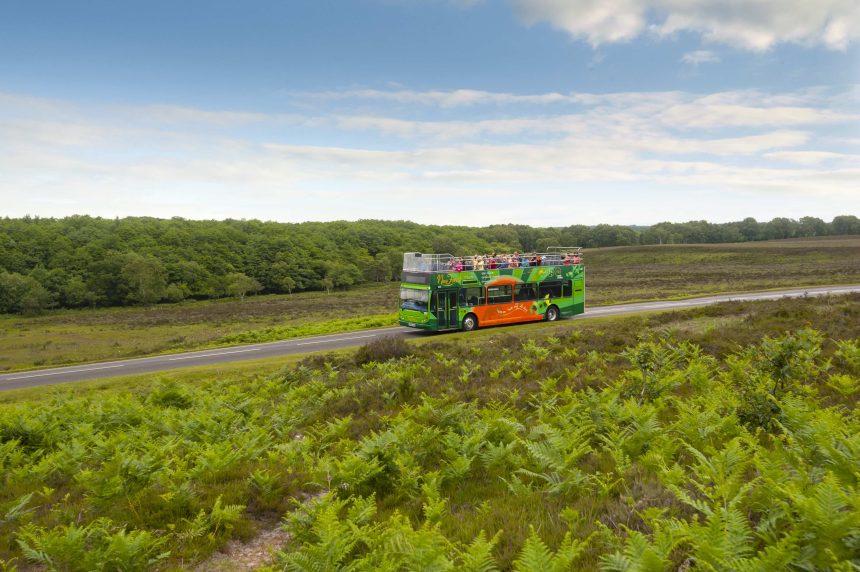
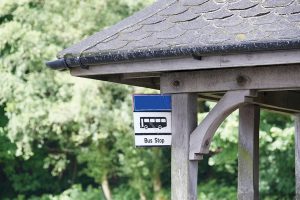
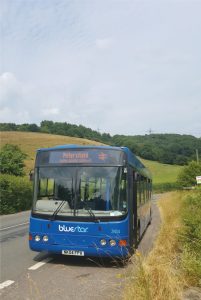 Encouraging feedback
Encouraging feedback